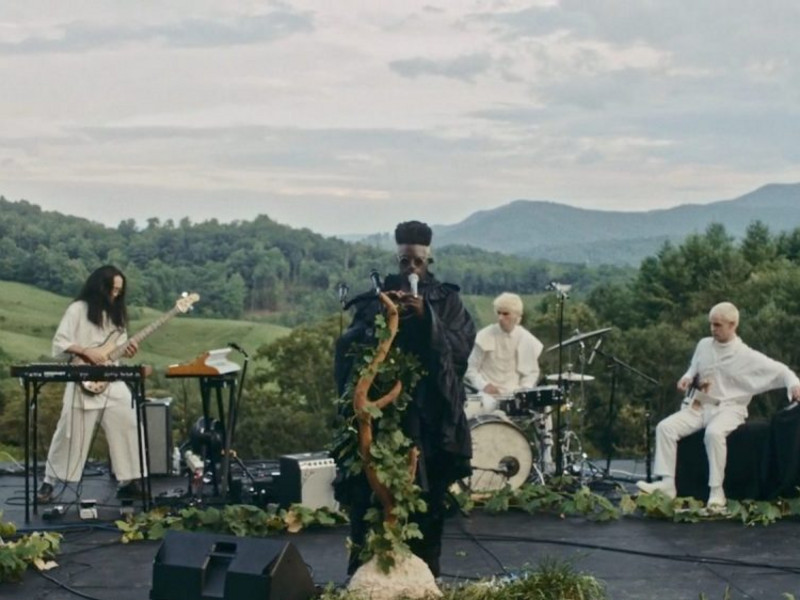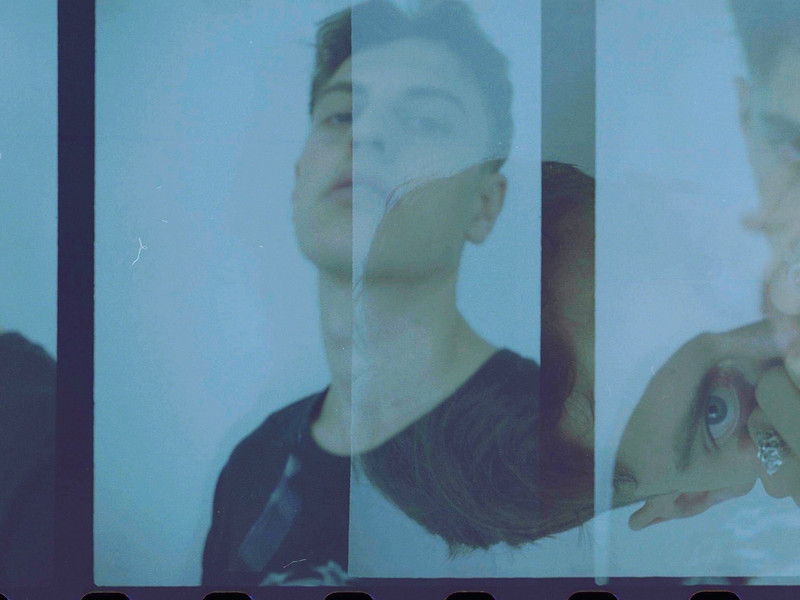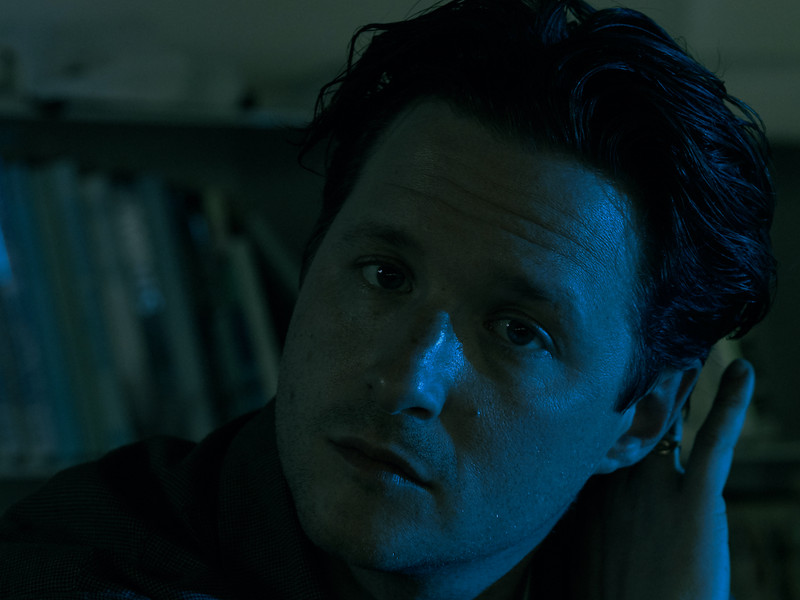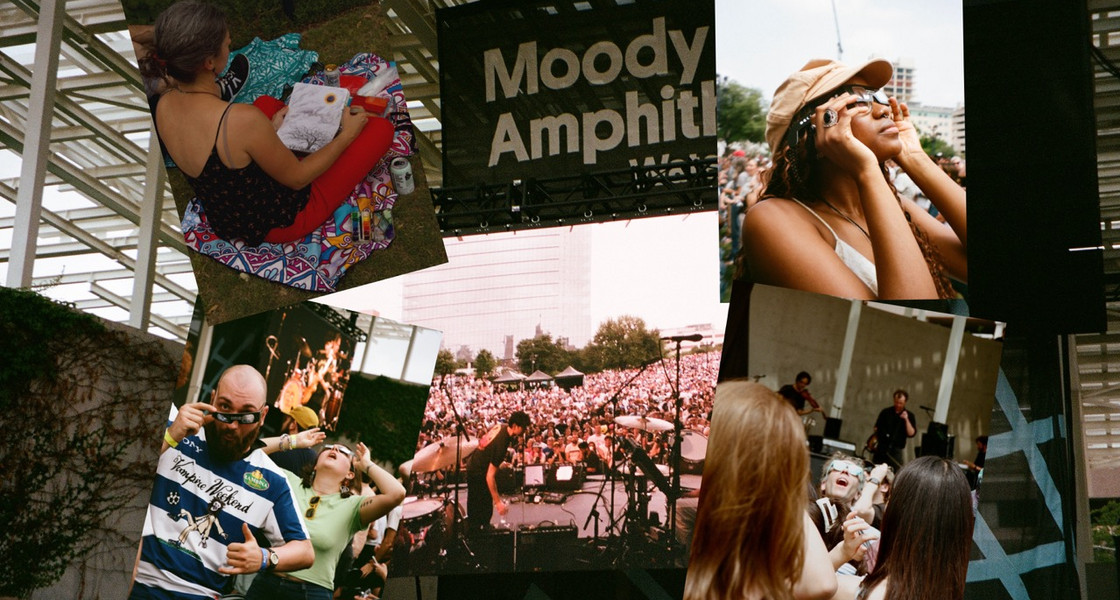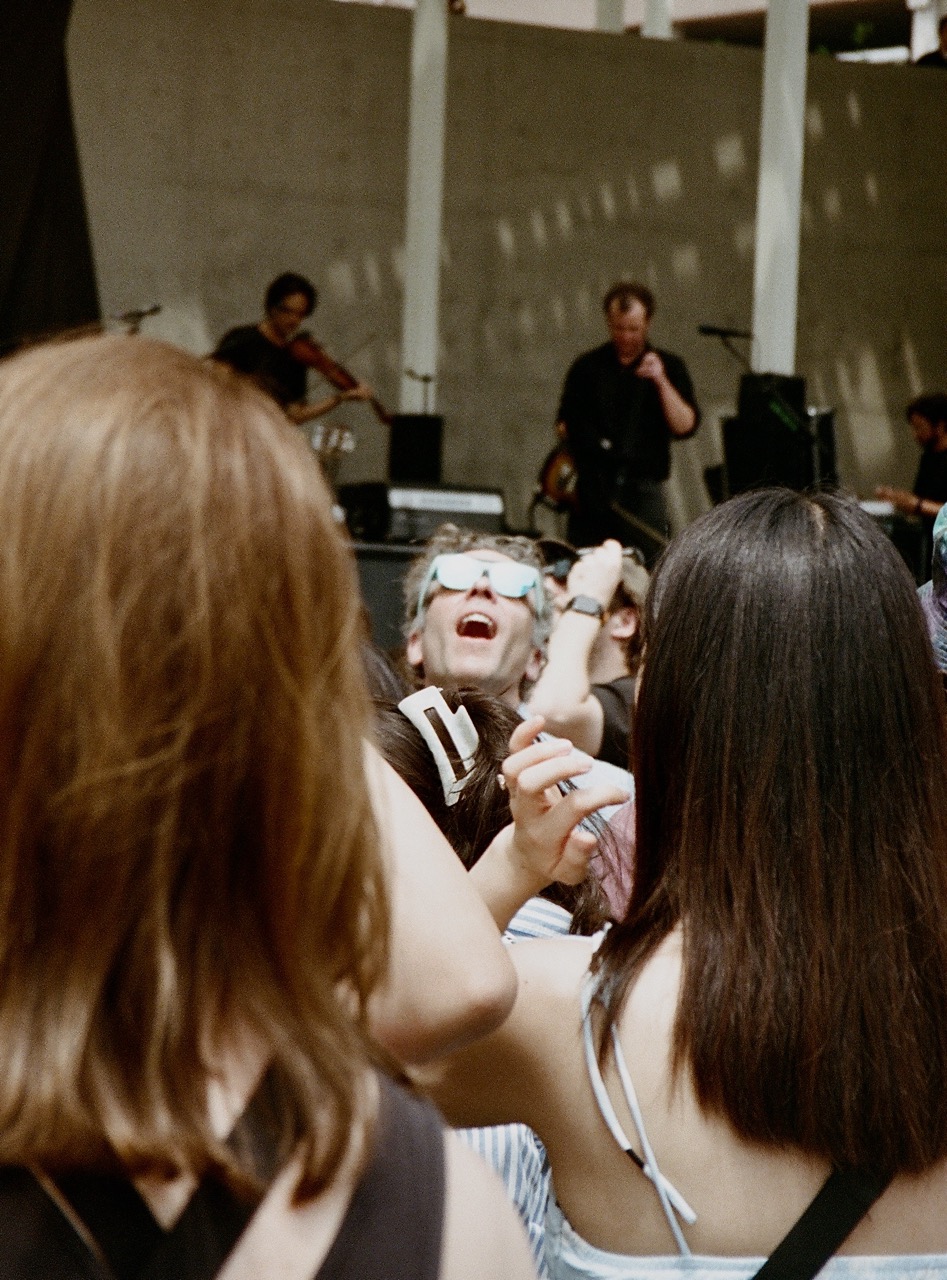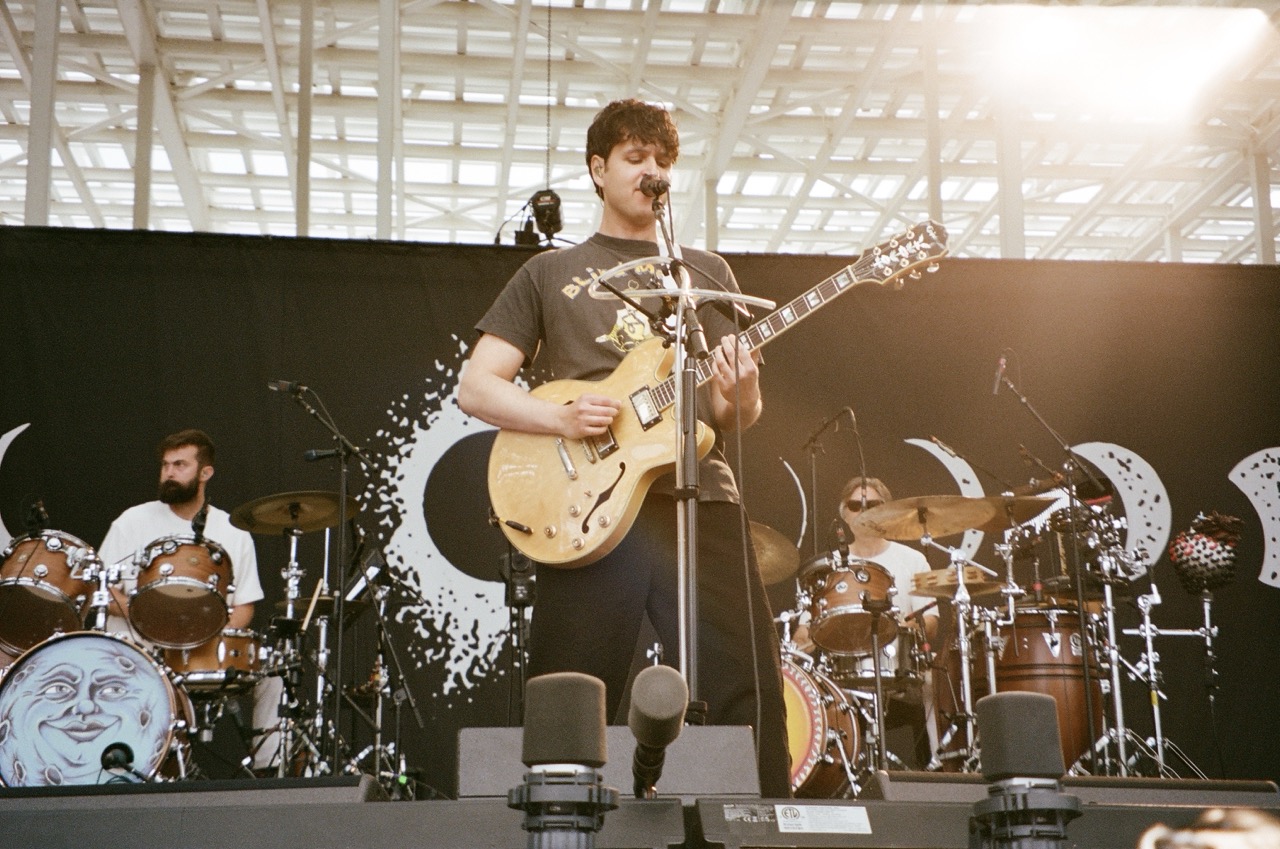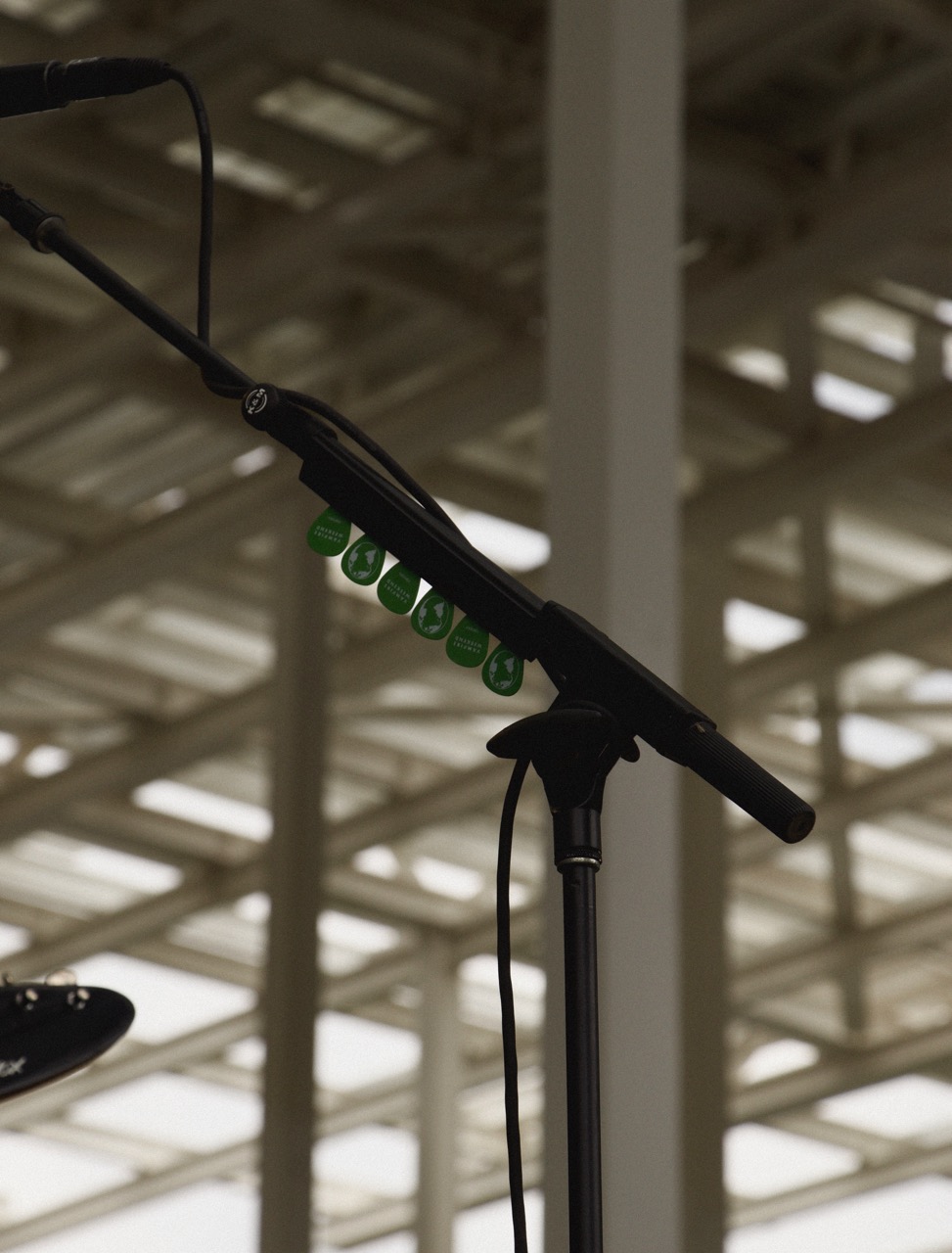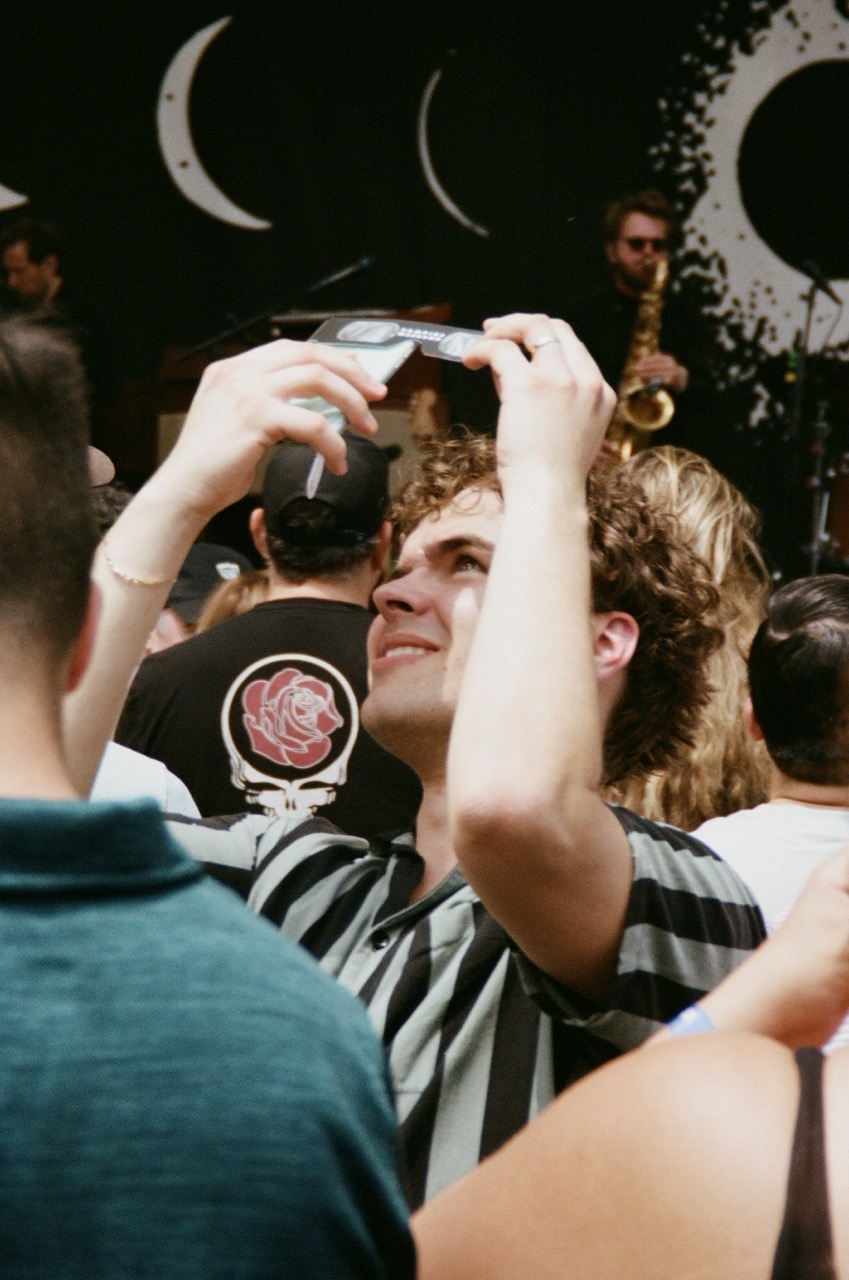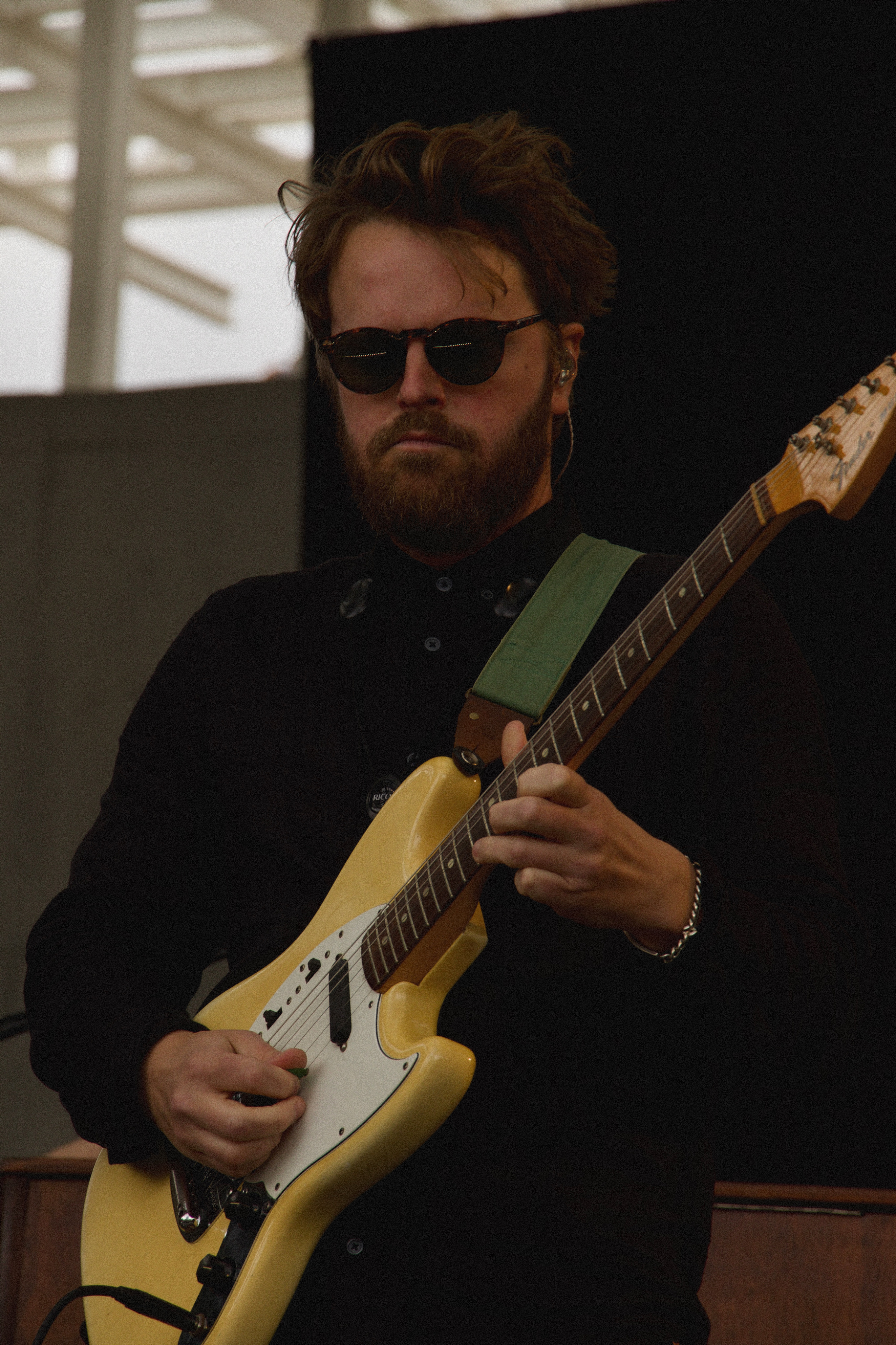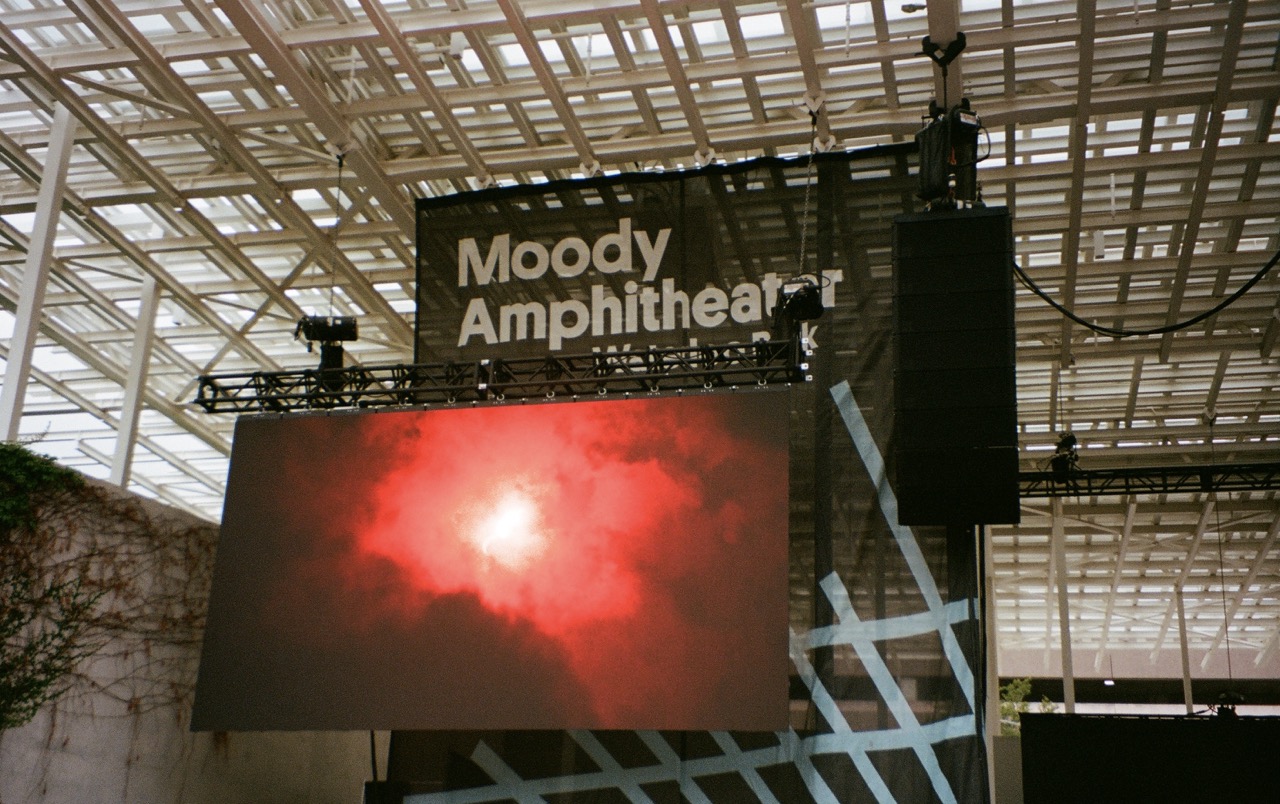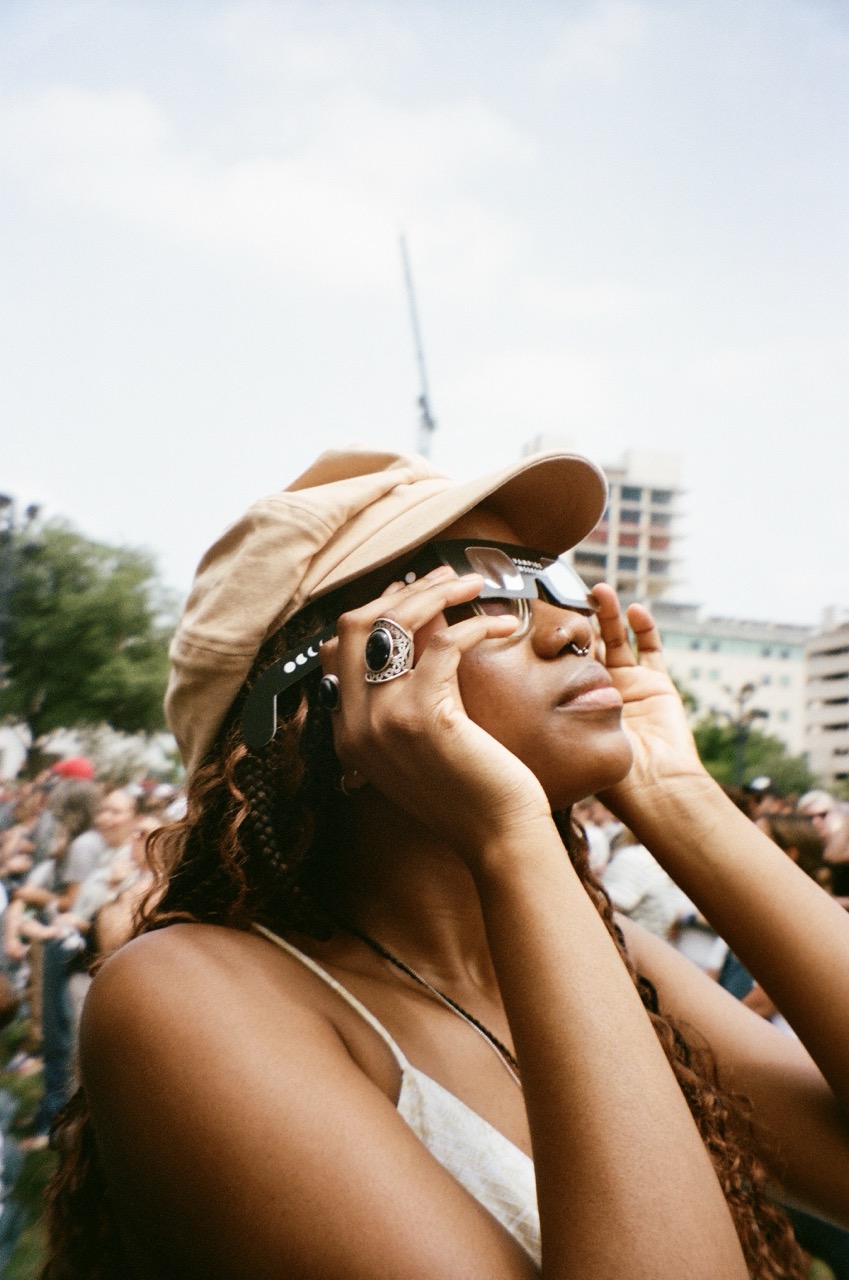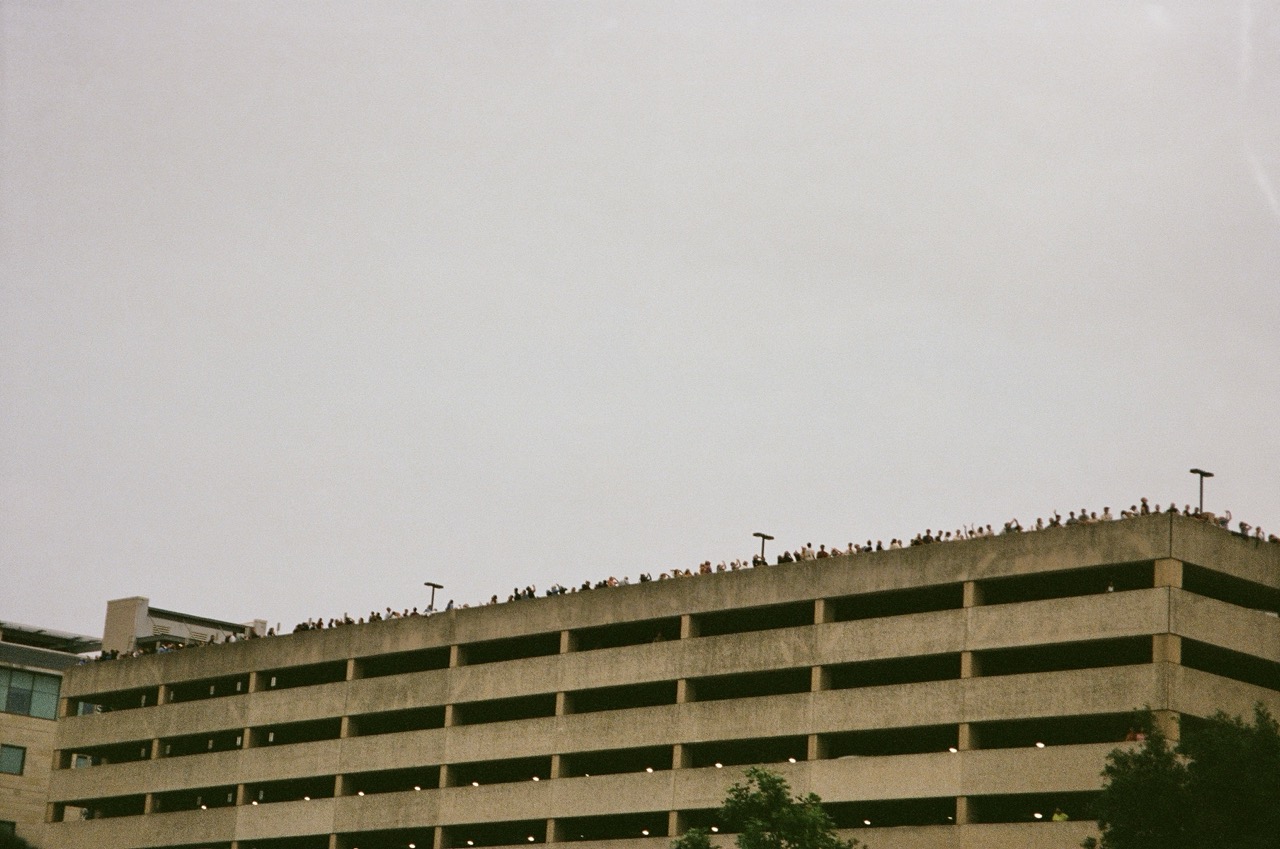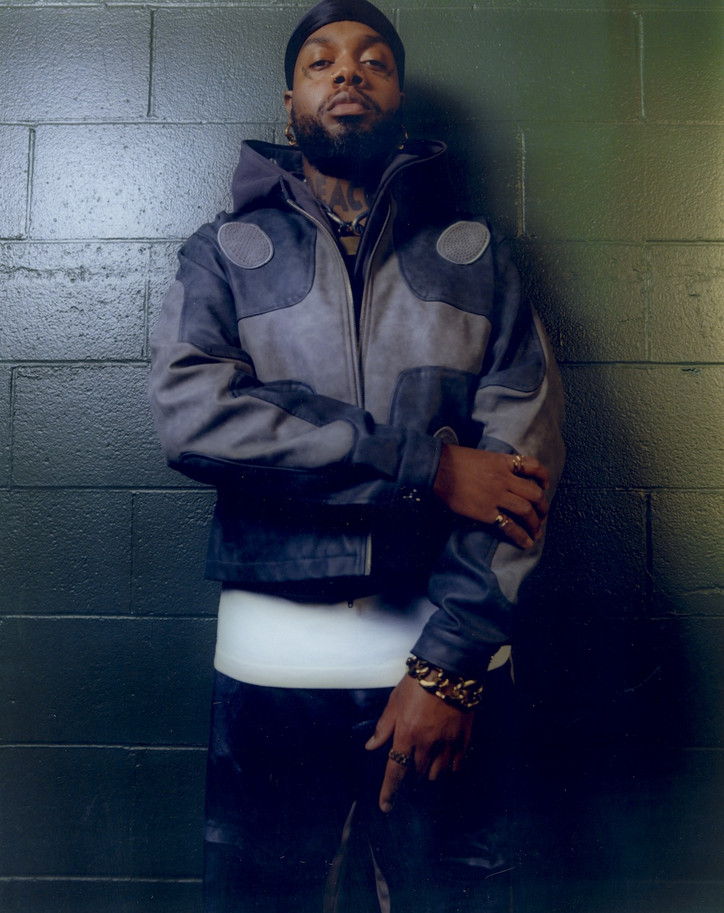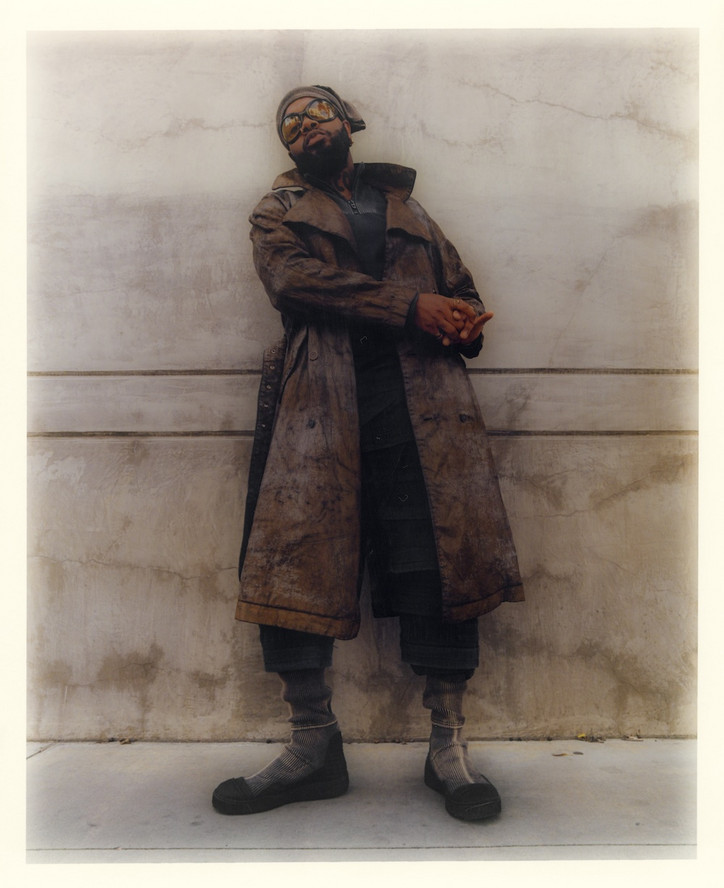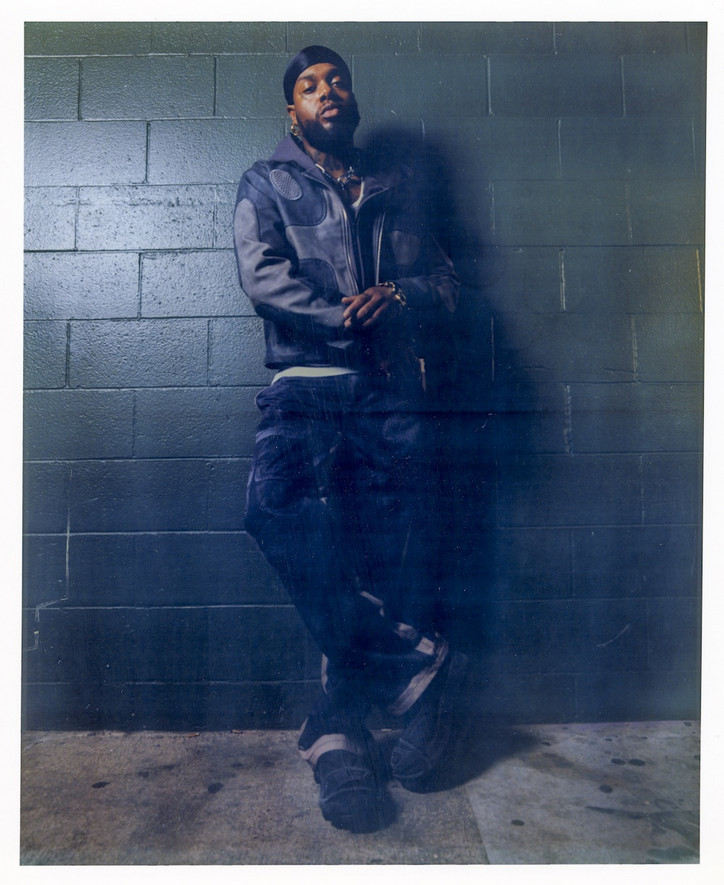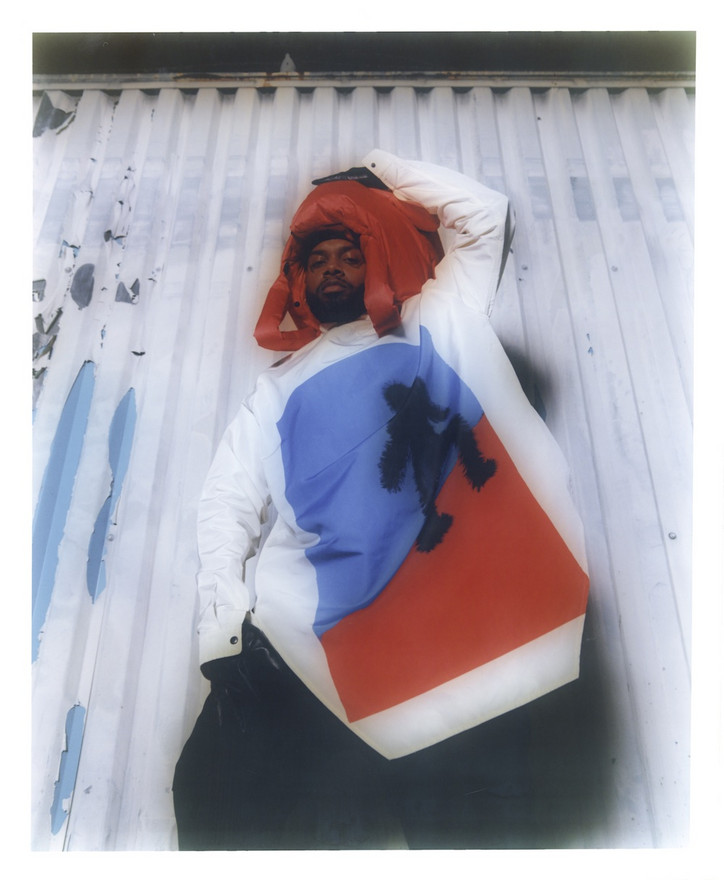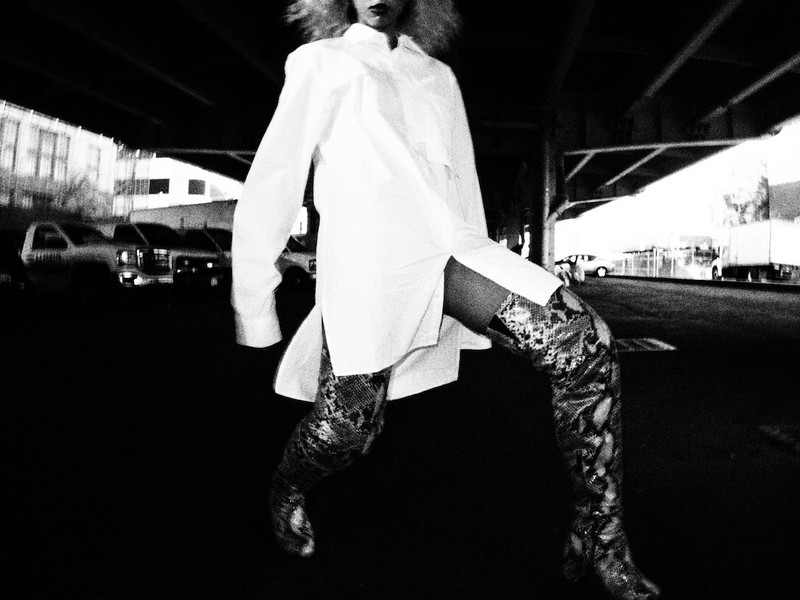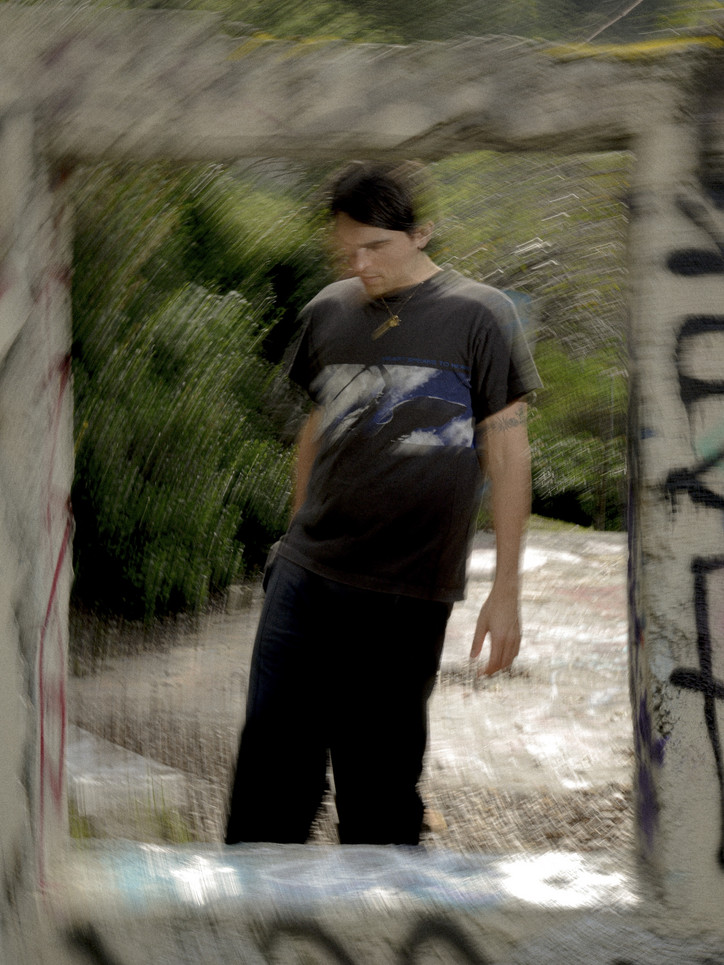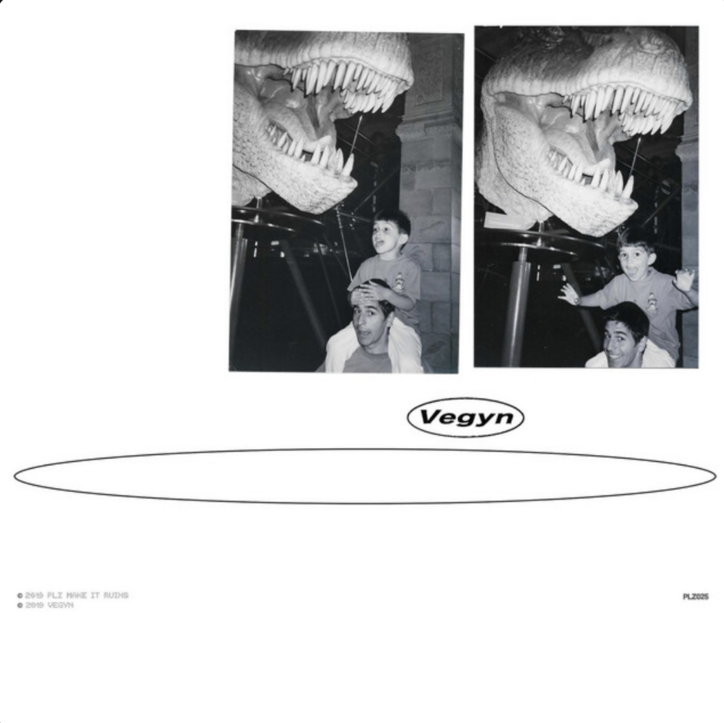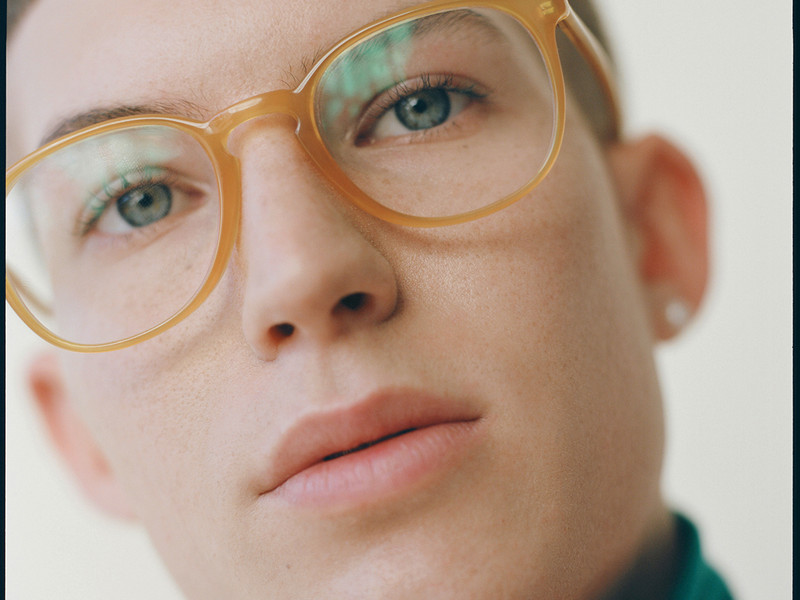Trust Your Angels
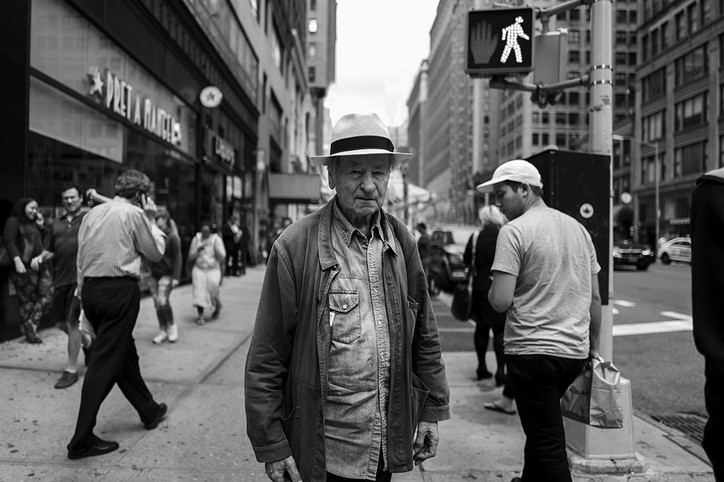
Be sure to watch the exclusive office x Jonas Mekas video below.
office was fortunate enough to have Nathan Lewis speak with Mekas before he left us in early 2019. He was 96.
NATHAN LEWIS — Is there any item in your workspace that you could not live without?
JONAS MEKAS — There is no one item. There are essential parts—the computer, it’s a basic item in any office today. If you are communicating with the outside, if you are just forced to do personal work and you never go out, your computer communicates for you, but that’s something else. But my life involves me being in so many different things.
NL — It’s much easier to connect to the whole world now with a computer.
JM — Yes, I am still very connected. But the telephone is something that’s not as important—I never use the telephone.
NL — Never?
JM — Never. To call or text sometimes.
NL — So mainly email?
JM — I operate with email. Or my website—that’s my technology department right there. You can see it. I’m totally in digital right now.
NL — All digital? So, when was the last time that you shot a roll of analog?
JM — 1988 or ‘89, 30 years ago. But when people interview me, they always talk only about [laughs]—I have been for 30 years in digital, and they’re still talking about the analog.
NL — So the last roll you shot was in ’88?
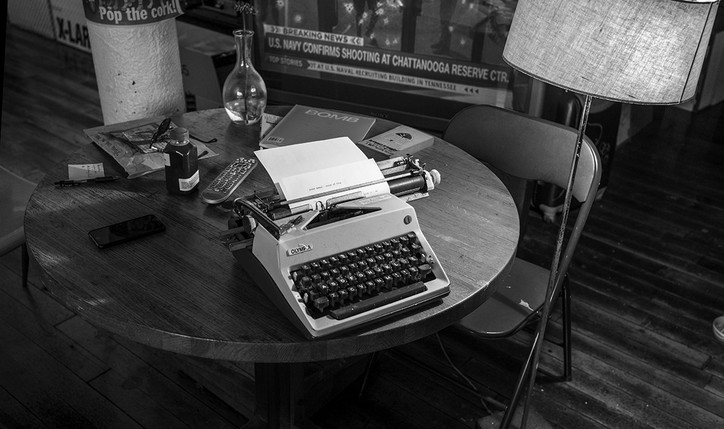
JM — Bolex. Bolex was 30 years ago. Yeah.
NL — Did you guys go to Sony straight away then, after the Bolex?
JM — Actually yes, Sony. Bolex is history, the film just came out. [laughs] But the history of the Bolex camera tells you that Bolex is part of history. The factory is closed, they don’t make it anymore.
NL — And you went through quite a few.
JM — I went through five Bolexes! One Bolex lasts seven years or so. The spring gets used up.
NL — And what about the Sony?
JM — The Sony changes every three years. [laughs]
NL — Really?
JM — No, I’m joking. Because the new digital technology, in order to make money, corporations keep changing their formats, et cetera.
NL — I think last time you shot you had, what was it, a Nikon? The little pocket camera you had?
JM — Yes, I had my current camera. This is it! This is my Nikon. Now it’s not Sony. Nikon. Nikon. Now it’s rolling. You are in. So, we are now where you can have in one pocket a pencil, and in the other one your camera. That was the dream of Cocteau. Where movie cameras become like pencils, then cinema will be equal with other arts. That’s where we are now.
NL — Did you ever think when shooting on a Bolex that those cameras were going to become so small?
JM — I did not think so, but it’s the natural development. Everything gets big, and then gets smaller and smaller. Even humans are smaller than when they began! The Neanderthal man, two million years ago, was much bigger, taller. We are shorter. Humans have become shorter, smaller.
NL — So, back to the question of your workspace, how important is this space to you as an artist?
JM — I do not consider myself an artist. That I should stress. Because I just like to make things, and they’re not necessarily art, they’re just something that I like to make. I like to make things. And people like to have some things that other people make. That does not help to make art. Art is a very vague, very nebular kind of term, I don’t like to use it. But I need this space because I do a lot of stuff. I wear many different hats. So I need a lot of space. Actually, telling the truth, I’m planning to move out. This place is too expensive. So I have moved out five truckloads already from this place. I consider it now almost empty. A lot of junk, because I do many things.
NL — When you moved to New York initially, because you were doing so many things, did you live and work out of the same space?
JM — Well, I was dropped in New York by the United Nations refugee organization. So I just had myself and a suitcase. And no place, no office. I slept in friends’ homes. Initially I was in Williamsburg, Brooklyn. That was 1950, ’51, ’52. And then in the spring of ’53 I jumped to Orchard Street, to Manhattan. I left Brooklyn in the spring of 1953, and never went back. It was miserable. It was the most miserable area of Brooklyn, Williamsburg. Now, Manhattan has conquered Williamsburg. Williamsburg is part of Manhattan, part of Wall Street.
NL — So you were in Manhattan for a long time?
JM — Until 2004.
NL — Why did you feel the need to leave?
JM — I had to escape it. It was too much like Wall Street. In Brooklyn there are still people, real people who are of many different nationalities, and it’s still messy. There are places that are still pretty messy. The best restaurants and eating places are in Brooklyn. Brooklyn is real. Also, Brooklyn is like an extension, like the new Paris, while Paris is becoming the new Brooklyn. So Manhattanites—keep out of Brooklyn.
NL — How do you feel just about the physical aspects of Manhattan?
JM — Boring. The buildings and everything are just boring.
NL — I just feel a bit too confined there.
JM — They have nothing to do with architecture, those buildings. Just boxes, just big, brick boxes.
NL — So has Brooklyn changed since the 1950s?
JM — I know that Williamsburg has changed! The rest, not that much. You see, Manhattan conquers, their tactic is piece by piece, smaller, and to constantly gobble up a specific part. I don’t know which is the next spot they are attacking but I bet they’re looking into other areas.
NL — What’s next to be gobbled? Maybe the Bronx?
JM — Hmm, Harlem! Harlem was actually taken at the same time as Williamsburg. But Brooklyn is still pretty wild, big, eclectic, which is good.
NL — Do you have a favorite building, besides Anthology [Film Archives]?
JM — Some people don’t like working in the museum—I happen to like it as a building. And then you see the Frick museum. I like museums where you walk in and you can see everything that is in it. And the Frick Museum is one of those, they have great pieces of medieval and Renaissance art, and you can see everything. You can see it twice! You can walk two or three times through it. You cannot do that at the Met, it’s too big.
NL — Every time we go to the Met it’s very overwhelming.
JM — But it is good that it’s there. There are not that many structures left around New York that are important as pieces of architecture. Maybe 10 or 15 throughout all of the boroughs. Usually small, little places. Others are important because of what’s in them, like the Frick. But the Anthology building is very special for downtown, it stands out a little, like it doesn’t belong there. Not only that, it is different and solidly made, because it used to be a courthouse and a prison. But now it contains over 30,000 very important works of cinema, of the art of cinema. So it’s a very important spot in New York.
NL — And it’s kind of a good point of resistance, as well.
JM — Yes, it’s a point of energy, it’s very condensed and rich. And it’s double-edged. It contains the history of cinema, of the art of cinema, and at the same time we are more open than any other place for the new, a lot of works from other countries and small areas, alternative forms of cinema. So it combines both. You have to respect and protect the past, and be very open to what’s happening now, to the new. And that is what we are trying to do.
NL — Can you give us any advice, on anything?
JM — I am not a thinking person. I just do things, I like to make things. I do it without thinking, so no thoughts. Keep them out. Be totally open, get all the thoughts out, permit the miserable, and the miraculous will come into it.
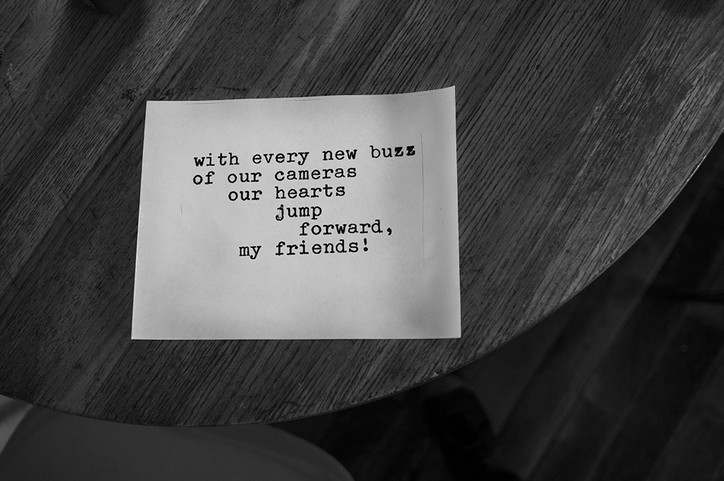
NL — That’s great advice. That’s it, you just have to be open.
JM — Yeah, good luck.
NL — [laughs] What is the latest thing you built?
JM — I’m building now! I’m building a library on top of the Anthology Film Archives building on the corner of 2nd Avenue and 2nd Street in Manhattan. I’m adding another floor, and on the side I am adding a café, which we need for our survival. And we need the library because we have a lot of paper and material that must be available, and it is now not available to those who need it. And that’s a big project.
NL — That’s a beautiful thing to do, for people to have.
JM — When everyone is closing libraries, we are building one.
NL — Thank you.
JM — $15 million, and we have $10.5 million, we still need the other five. So anybody who reads this that has access to corporations and individuals who love cinema and libraries, they can help us by contributing one, two, three, four million. [laughs] Oh, I should add, this is part of the fundraising for the library—this spring in April or May we are organizing a big fundraising event, and the main item we are going to sell is Allen Ginsberg’s beard! How about that! Allen Ginsberg’s beard that Barbara Rubin chopped off in 1962, and the filmmakers put it in a box and gave that box to me, and I put it up next to Allen’s books. And now it will be auctioned for $1 million, if you want to possess the beard of Allen Ginsberg, from which you can use the DNA to reproduce and make a few other copies of Ginsbergs! This is your chance, for $1 million, and you will help us to build the library, and you will own Allen Ginsberg’s beard.
NL — Do you play any instruments?
JM — I play harmonica, I play bugle, I have a lot of different instruments. I grew up with music.
NL — You scored most of your films yourself, right?
JM — Yes, every aspect is done by me.
NL — Where do you draw your inspiration from?
JM — No, I don’t like inspiration. The question is about being open, about permitting things to come in. Whatever I do from my own ideas, it comes out wrong. All the things I’ve thought like “Oh, I should do this,” it comes out wrong. I used to be very careful with one’s own ideas because the tendency is, you invent something, you want it to happen, you want it to succeed. Which is very different than what sort of comes mysteriously, I say like what angels are sending you. I trust my angels. But you have to be very sensitive to separate the two—what comes from mysterious infinities and what comes from your own head. Keep the head out.
NL — Keep the head out and leave it to the angels, right?
JM — Keep clean from all of the thoughts, yeah.
NL — So aside from Anthology and the expansion project, what’s next for you?
JM — I am in several, major projects right now, but I don’t want to talk about them. They keep coming up. I think there is one I can tell. You know about The Shed project? It’s a new, flexible—and the biggest maybe, in New York—performance space that is being built right now around 10th Avenue and 30th Street. It’s a very ambitious project. I am doing something for them. There will be a premiere of Eke’s Requiem, and I am doing the visual part for that, so that’s quite a big project coming out one year from now. Will it be good for New York or not—now that’s another question, because everything is becoming too big. And I think we should really go the other direction.
NL — Make it more intimate?
JM — Yes.
NL — I think you’re right. Because if you go see a band at a huge venue, you don’t really take anything away from it. But if you are in a small, intimate space you normally gain a lot more from it.
JM — Maybe both are a circus. People need both the intimate, and they need the circus
